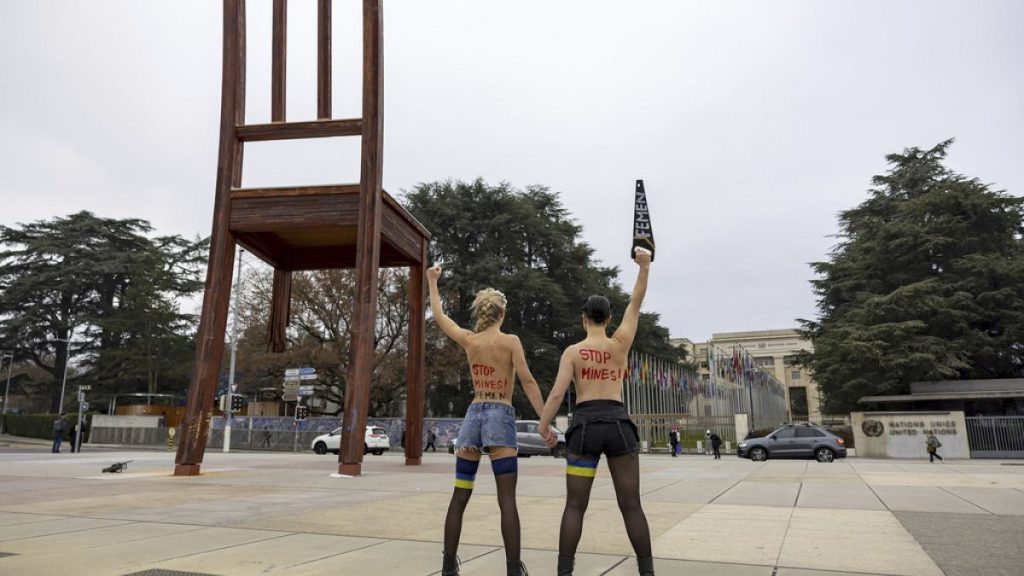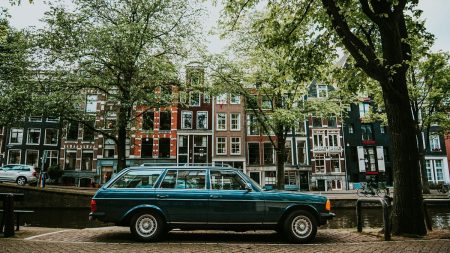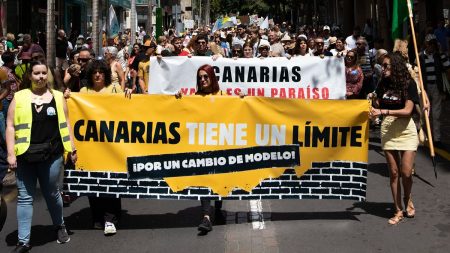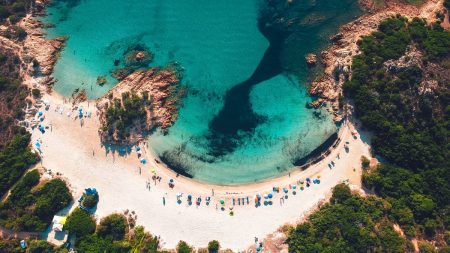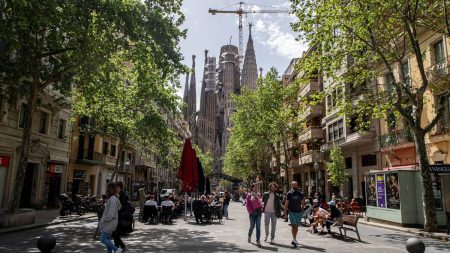The imposing “Broken Chair” sculpture, standing defiantly outside the United Nations headquarters in Geneva, serves as a stark reminder of the horrific human cost of landmines. Towering 12 meters high, the sculpture, crafted from 5.5 tons of wood by Swiss artist Daniel Berset, depicts a giant chair with a broken leg, symbolizing the victims of landmines who have suffered amputations and other life-altering injuries. It stands as a powerful symbol of vulnerability, resilience, and the urgent need for a global ban on these indiscriminate weapons. The sculpture’s placement at the heart of international diplomacy underscores the international community’s responsibility to address the ongoing threat of landmines, particularly in conflict zones like Ukraine, which has tragically become the most mined country in the world.
The “Broken Chair” is not merely an artistic expression; it is a potent advocacy tool, erected in 1997 by Handicap International to promote the Ottawa Treaty, also known as the Mine Ban Treaty. This international agreement prohibits the use, stockpiling, production, and transfer of anti-personnel mines. While the treaty has been ratified by over 160 nations, several key players, including the United States, Russia, and China, remain outside its framework, highlighting the continued challenges in achieving a universal ban. The sculpture’s prominent location serves as a constant pressure on these nations to join the international consensus and contribute to a world free from the scourge of landmines. The sculpture’s enduring presence also serves as a testament to the ongoing work of organizations like Handicap International and their tireless efforts in advocacy, mine clearance, and victim assistance.
The ongoing conflict in Ukraine has brought the devastating impact of landmines back into sharp focus, tragically reinforcing the sculpture’s message. The widespread use of landmines in the conflict has created a humanitarian crisis, turning vast swathes of Ukrainian territory into treacherous landscapes. Civilians, including children, are at constant risk, facing the daily threat of these hidden killers as they attempt to navigate their daily lives. The contamination of agricultural land also presents a long-term challenge to food security and economic recovery. The sheer scale of mine contamination in Ukraine underscores the urgent need for increased international support for mine clearance operations and victim assistance programs.
The indiscriminate nature of landmines poses a significant threat to civilians long after conflicts have ended. These insidious weapons do not distinguish between combatants and non-combatants, continuing to claim victims years, even decades, after they are laid. They impede access to essential services like healthcare, education, and agricultural land, hindering reconstruction and development efforts. The physical and psychological trauma inflicted on landmine survivors is profound, often leading to lifelong disabilities, social stigma, and economic hardship. The “Broken Chair” stands as a poignant reminder of these long-term consequences and the need for comprehensive support for survivors, including medical care, rehabilitation services, and psychosocial support.
The use of landmines in Ukraine not only poses an immediate threat to human life but also impedes post-conflict recovery and reconstruction. The presence of landmines renders vast areas of land unusable, hindering agricultural production, disrupting infrastructure development, and preventing the safe return of displaced populations. The economic cost of landmine clearance is substantial, diverting resources that could be used for other crucial development priorities. The long-term environmental impact of landmines is also significant, as they can contaminate soil and water resources, posing a threat to ecosystems and human health.
The “Broken Chair,” while a symbol of the devastating impact of landmines, also embodies hope and resilience. It stands as a testament to the unwavering commitment of individuals, organizations, and governments working towards a mine-free world. The sculpture serves as a powerful call to action, urging the international community to strengthen its commitment to the Ottawa Treaty, increase funding for mine clearance and victim assistance, and promote universal adherence to the ban on these inhumane weapons. The sculpture’s message resonates powerfully in the context of the ongoing crisis in Ukraine, highlighting the urgent need for global action to address the widespread use of landmines and prevent further suffering. The “Broken Chair,” therefore, is not simply a monument to the past, but a vital symbol of hope for a future free from the threat of landmines.




